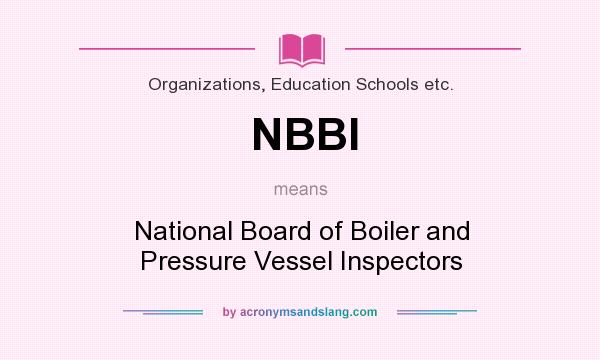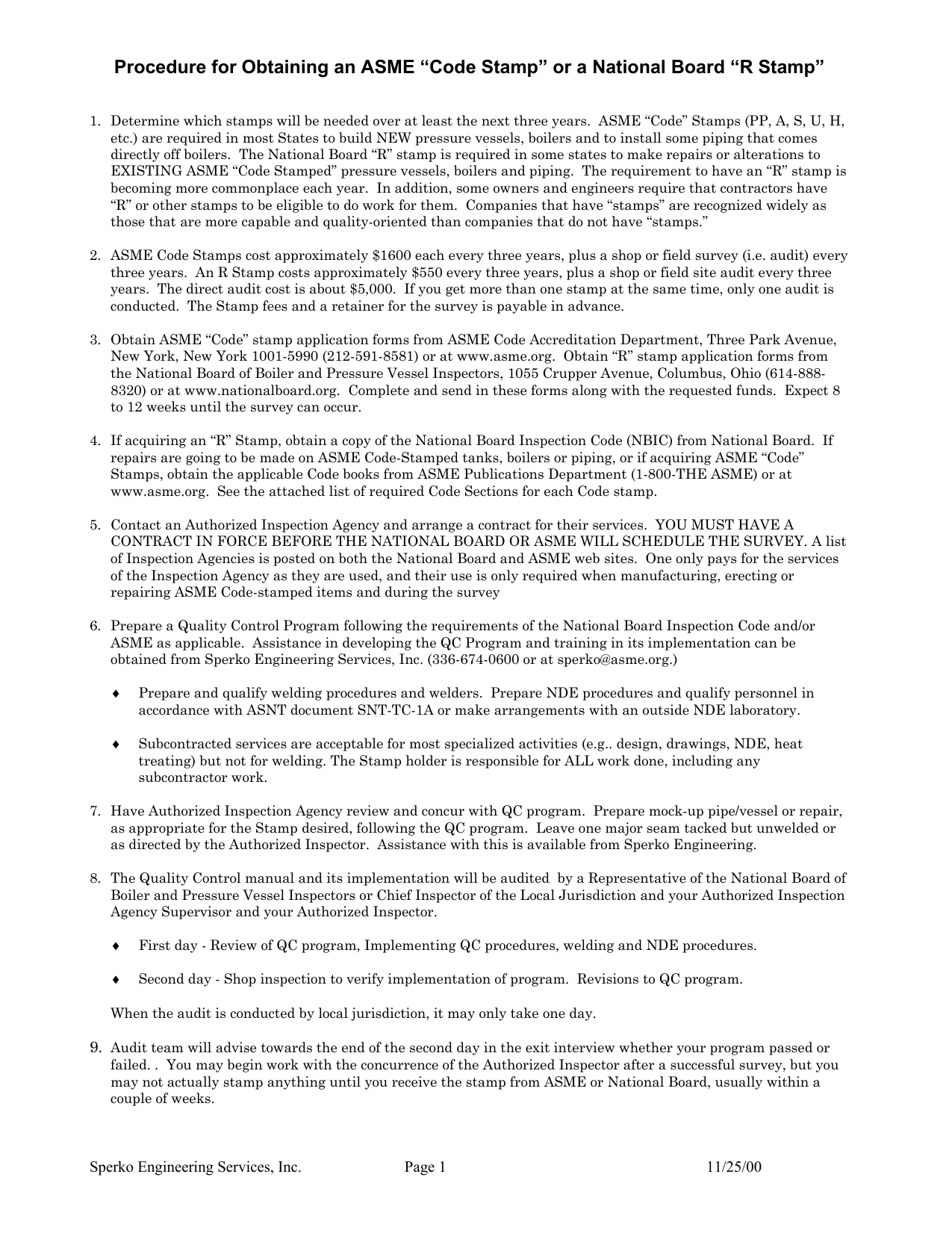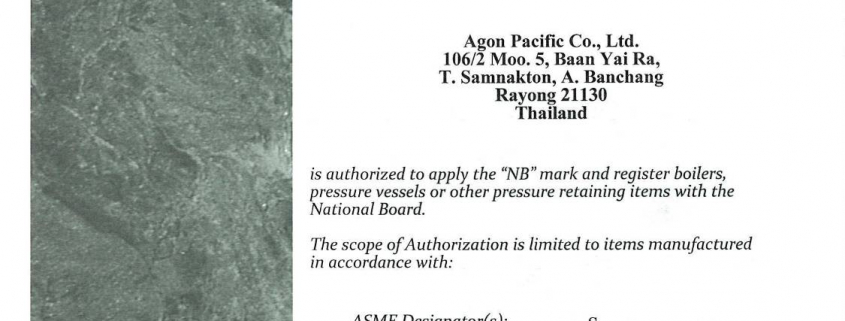
Note that the design function may be carried out by the purchaser or by an independant organization. The Manufacturer is the organization that designs, constructs and tests the pressure vessel in accordance with the purchaser's order. The Purchaser is the organization that buys the finished pressure vessel for its own use or on behalf of the purchaser. He is responsible to the regulating authority for the continued safe operation of the vessel. The User operates the plant and thus the pressure vessel. The Regulating Authority is the authority in the country of installation that is legally charged with the enforcement of the requirements of law and regulations relating to pressure vessels. Several organizations are involved in the production and operation of a pressure vessel.

Figure 1 shows a typical pressure vessel envelope. are of acceptable quality.įor design and construction purposes, the pressure vessel is generally defined as the pressure vessel proper including welded attachments up to, and including, the nozzle flanges, screwed or welded connectors, or the edge to be welded at the first circumferential weld to connecting piping. Note that vessels operating at vacuum are often defined as pressure vessels to ensure that the design, construction etc. A definition of minimum pressure (typically 5.10 4 N/m 2) will exclude low pressure tanks and a minimum of a few liters will exclude piping and piping components. The national legislation and/or standard generally define when a vessel is to be treated as a pressure vessel. Some national pressure vessel standards such as ASME VIII (1993) or BS5500 (1994) have effectively the status of defacto international standards. This legislation may define the national standard to which the pressure vessel is to be designed, the involvement of independant inspection during construction, and subsequently the regular inspection and testing during operation. (See also Mechanical Design of Heat Exchangers.) Because of the risks that would be associated with any accidental release of contents, in many countries the production and operation of pressure vessels are controlled by legislation. In the broad sense, the term pressure vessel encompasses a wide range of unit heat exchangers, reactors, storage vessels, columns, separation vessels, etc. Also, if the vessel is ever sold as used, without a NB number the locations it can be installed are seriously limited.A pressure vessel, as a type of unit, is one of the most important components in industrial and petrochemical process plants.
#National board number pressure vessel registration
Even if you know it is being installed in an area where the jurisdiction does not require NB registration, many insurance companies will require NB registration or they will not insure. However, unless it is a small and inexpensive vessel unlikely to be repaired or altered, this is usually not a good idea. It is perfectly acceptable to build an ASME U stamped vessel without a NB number and without registering the data report.
#National board number pressure vessel code
(or other ASME Construction Code certificate).

The NB will give you this for no charge if you apply and show them your Section VIII Div. Any U stamped vessel can be registered with the National Board if the Certificate holder has the authority to register.

It allows for an easy and permanent method to get a copy of the data report for repairs and alterations once installed, and to track repair and alteration forms if sent to the NB with the correct documentation. Most US Jurisdictions (states and large cities), and all Canadian provinces, require pressure vessels installed in their areas to be registered with the National Board.


 0 kommentar(er)
0 kommentar(er)
